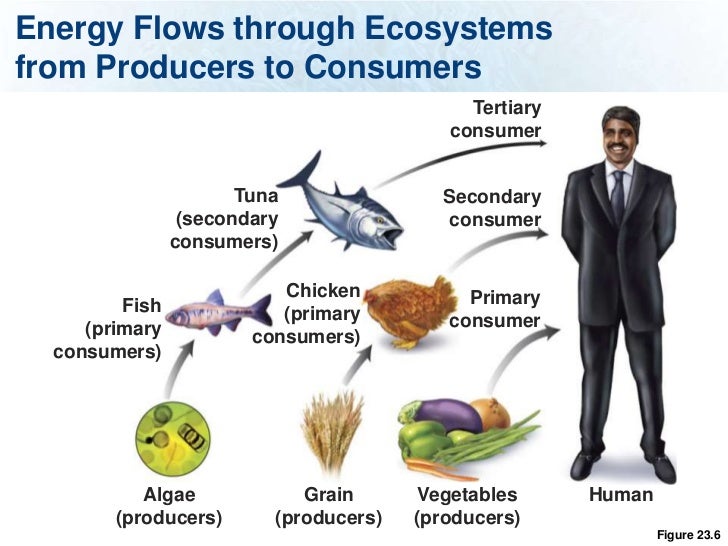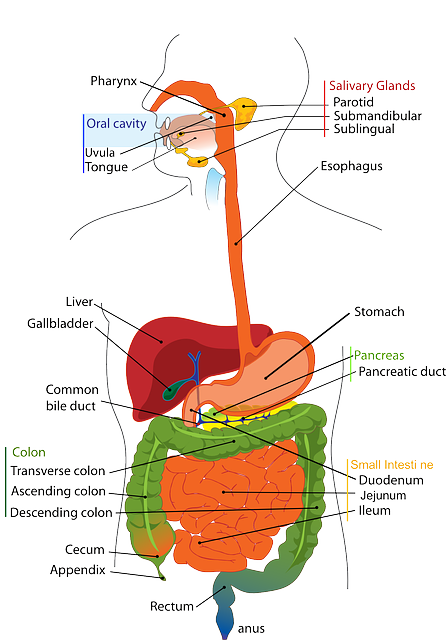Welcome to Digestion Day!
Objectives:
- To know about the tissues and organs of the human digestive system, including adaptations to function and how the digestive system digests food (enzymes simply as biological catalysts).
- To understand the importance of bacteria in the human digestive system.
- To know that plants make carbohydrates in their leaves by photosynthesis and gaining mineral nutrients and water from the soil via their roots.
Vocabulary
Tissue: a cluster of cells usually of a particular kind that form one of the structural materials of a plant or an animal. For example: muscle tissue.
Organ: A structure (such as a heart, kidney, leaf, or stem) consisting of cells and tissues and performing a specific function.
Digestive System: The bodily system concerned with the ingestion, digestion, and absorption of food and the discharge of wastes.
Digestive Tract: The tubular passage typically extending from the mouth to the anus or cloaca that functions in digestion and absorption of food and elimination of residual waste and that in most mammals includes the mouth, pharynx, esophagus, stomach, intestine, and anus.
Adaptation: The modification of an organism that makes it more fit for existence under the conditions of its environment.
Function: The contribution of a bodily part to the whole living organism. For example: The function of the heart is to pump blood through the body.
Enzyme: An enzyme is a type of protein found within a cell. Enzymes create chemical reactions in the body. They actually speed up the rate of a chemical reaction to help support life. They are created naturally by the body.
Biological Catalyst: Enzymes are Biological catalysts. it is organic matter that speeds up a reaction.
Bacteria: Microscopic single-celled organisms lacking a distinct nucleus are known as bacteria. They may be shaped like spheres, rods, or spirals. They inhabit virtually all environments, including soil, water, organic matter, and the bodies of animals.
Gut: Part of the digestive tract, especially the intestine or stomach.
Carbohydrate: Any of a class of organic compounds that form the supporting tissues of plants and are important food for animals and people.
Photosynthesis:The formation of carbohydrates from carbon dioxide and water. The chlorophyll-containing cells of green plants exposed to light create their food this way.
Nutrient: Nourishing; providing nourishment or nutriment.
Session One – What is the Human Digestive System?
What is the difference between the digestive tract and the digestive system? These two terms are used interchangeably but there is a subtle difference.
The digestive tract refers to the GI or the gastrointestinal tract, which runs from the mouth to the anus. The digestive system refers to the organs related to the digestion of contents that are ingested, and how the foods are digested both mechanically and chemically.
In short, system includes processes, rather than just the physical parts. Don’t get hung up on it at this level.
Activity. Label the Structures of the Digestive System.
Label the parts (in green) onto the diagram. Tip: Start at the top.
mouth – the first part of the digestive system, where food enters the body. Chewing and salivary enzymes in the mouth are the beginning of the digestive process (breaking down the food).
esophagus – the long tube between the mouth and the stomach. It uses rhythmic muscle movements (called peristalsis) to force food from the throat into the stomach.
liver – a large organ located above and in front of the stomach. It filters toxins from the blood, and makes bile (which breaks down fats) and some blood proteins.
stomach – a sack-like, muscular organ that is attached to the esophagus. When food enters the stomach, it is churned in an acid bath.
pancreas – an enzyme-producing gland located below the stomach and above the intestines. Enzymes from the pancreas help in the digestion of carbohydrates, fats and proteins in the small intestine.
duodenum – the first part of the small intestine; it is C-shaped and runs from the stomach to the jejunum.
gall bladder – a small, sac-like organ located by the duodenum. It stores and releases bile (a digestive chemical which is produced in the liver) into the small intestine.
jejunum – the long, coiled mid-section of the small intestine; it is between the duodenum and the ileum.
ileum – the last part of the small intestine before the large intestine begins.
cecum – the first part of the large intestine; the appendix is connected to the cecum.
appendix – a small sac located on the cecum.
ascending colon – the part of the large intestine that run upwards; it is located after the cecum.
transverse colon – the part of the large intestine that runs horizontally across the abdomen.
descending colon – the part of the large intestine on the left side that extends from the bend below the spleen to the sigmoid colon.
sigmoid colon – the part of the large intestine between the descending colon and the rectum.
rectum – the lower part of the large intestine, where feces are stored before they are excreted from the body.
anus – the opening at the end of the digestive system from which feces (waste) exits the body.
Session Two – What about Enzymes?
Saliva is a fluid produced and secreted by salivary glands in the mouth.
- In humans, saliva is 98% water and also includes electrolytes, mucus, white blood cells, and enzymes.
- The enzymes found in saliva are essential in beginning the process of digestion of dietary starches and fats.
- These enzymes also play a role in breaking down food particles entrapped within dental crevices, thus protecting teeth from bacterial decay.
- Saliva also performs a lubricating function, wetting food and permitting the initiation of swallowing, and protecting the mouth from drying out.
Enzymes are proteins that act as biological catalysts (biocatalysts). Catalysts accelerate chemical reactions. The chemical reaction they perform within the saliva is to break down food into digestible molecules.
This is the first part of the digestive process.
Cool Facts about Saliva…
- Various animal species have special uses for saliva that go beyond predigestion. Some swifts use their gummy saliva to build nests which are used in bird’s nest soup. They are particularly prized in Chinese culture due to their high nutritional content. More here.
- Cobras, vipers, and certain other venomous snakes hunt with venomous saliva injected by fangs. More here.
- Some caterpillars produce silk fiber from silk proteins stored in salivary glands. More here.
Activity – Enzymes in the Saliva.
Explanation of Experiment
Session Three – Gut Microbiota.
“All disease begins in the gut.” – Hippocrates
Gut refers to:
- BOWELS, ENTRAILS
- DIGESTIVE TRACT
- BELLY, ABDOMEN
Gut microbiota, gut flora, or microbiome are the microorganisms including bacteria, archaea and fungi that live in the digestive tracts of humans and other animals including insects.
The gut is the main location of human microbiota.
Prebiotics and Probiotics
Prebiotics are compounds in food that induce the growth or activity of beneficial microorganisms such as bacteria and fungi.
Prebiotics can alter the composition of organisms in the gut microbiome.
Dietary prebiotics are from certain types of food. They pass undigested through the upper part of the gastrointestinal tract and stimulate the growth of advantageous bacteria that colonize the large bowel.
Probiotics are live microorganisms that provide health benefits when consumed, generally by improving or restoring the gut flora.
We will discuss them as if they are the same thing at this level.
Activity – Gut Food
Some food that has been considered great for your gut are discussed here.
How would you improve your gut biome? Plan out the foods you could add to your menu each day of the week.
Session Four – Photosynthesis.
Carbohydrates are formed in green plants by photosynthesis

Photosynthesis is the formation of carbohydrates from carbon dioxide and water. The chlorophyll-containing cells of green plants exposed to light create their food this way.
Watch this cool video about the excess oxygen produced by photosynthesis.
Activity.
The symbols for the chemical compounds in the process of photosynthesis (plant digestion) are CO2 (6 of these, so 6CO2), H2O (6 of these, so 6H2O), O2 (6 of these, so 6O2), and C6H12O6 .
CO2 is carbon dioxide.
H2O is water.
O2 is oxygen.
C6H12O6 is sugar (carbohydrate).
Session Five – The Connection between Photosynthesis and Human Digestion
The connection between the digestive system or plants and animals is known as a food web.

Activity – Food Web.
Try out this food chain (web) activity.
Illustrate and label your own version of this simple food web diagram. Use some of the information and terminology you have learned and add it. You can include any plant and animals you want, but it must also include a human (which could be you).
Here is an online tool you could use, but you can do it anyway you want.
Here are some other food webs. They rarely include humans. Ask yourself why that might be.
Wrap Up!
Create a relevant and engaging cover page.
Check List:
- Cover page
- Digestive System
- Amylase
- Gut Foods
- Photosynthesis
- Food Web
Digestion Test
What is the digestive system and how does it work? Test your knowledge and understanding.

